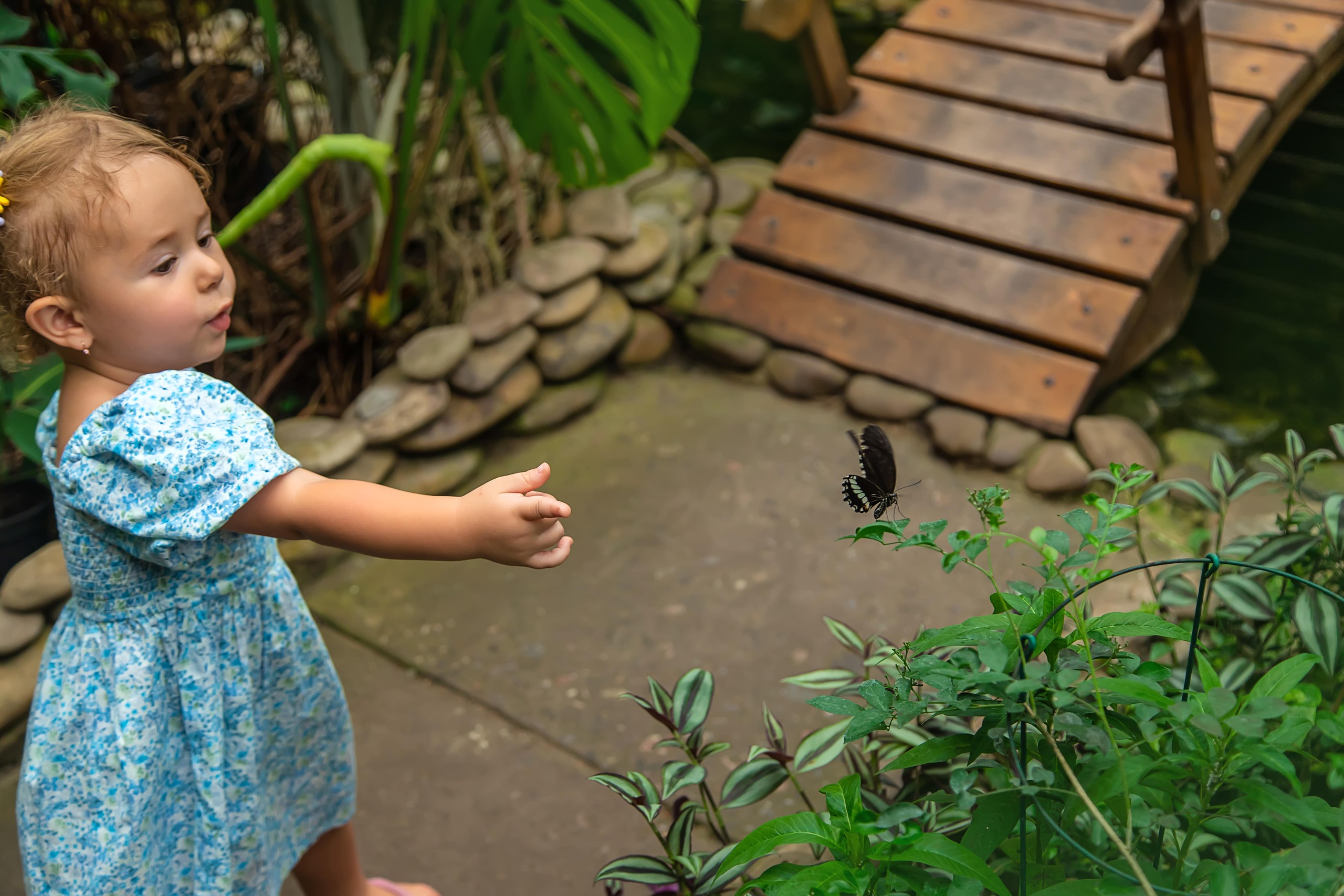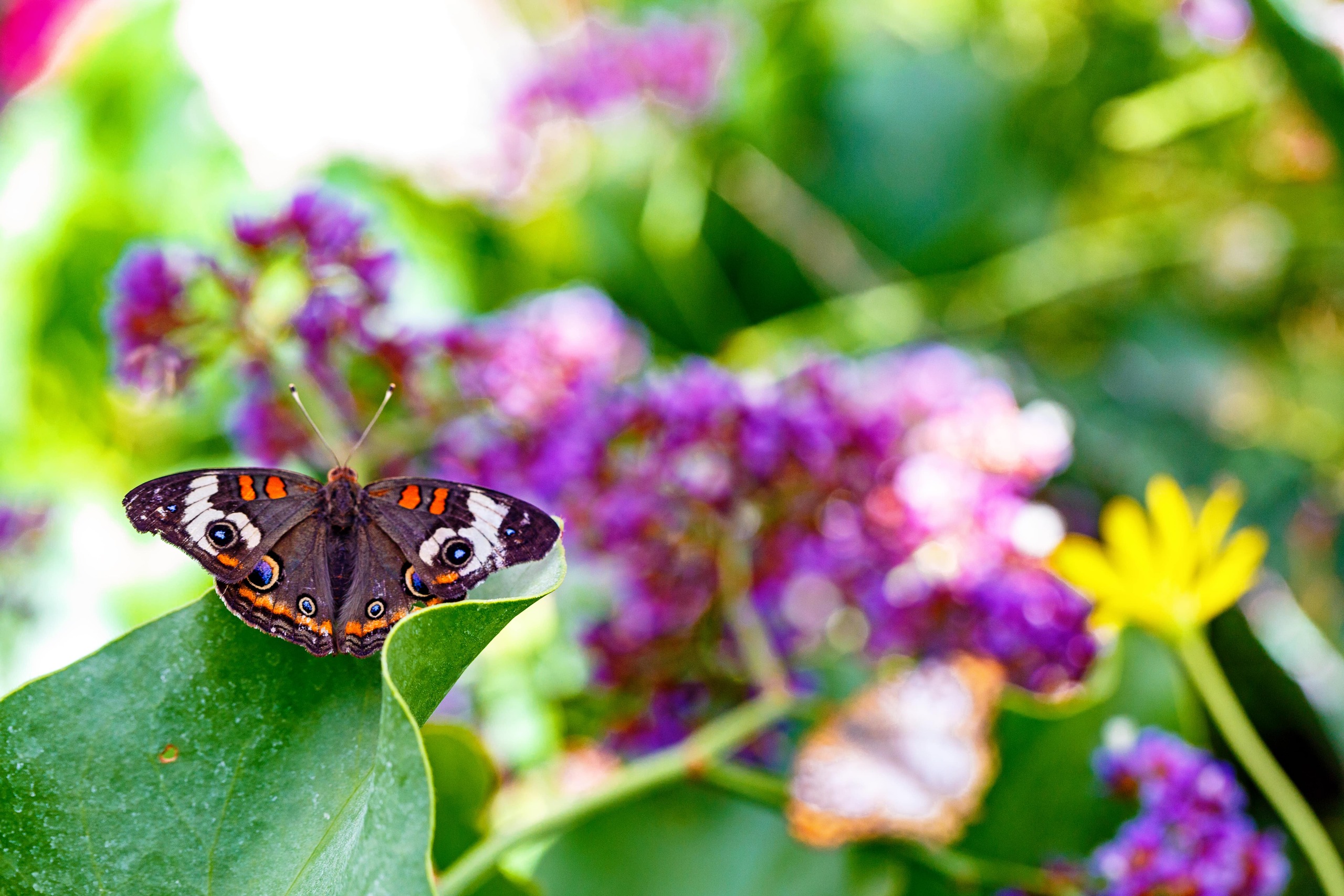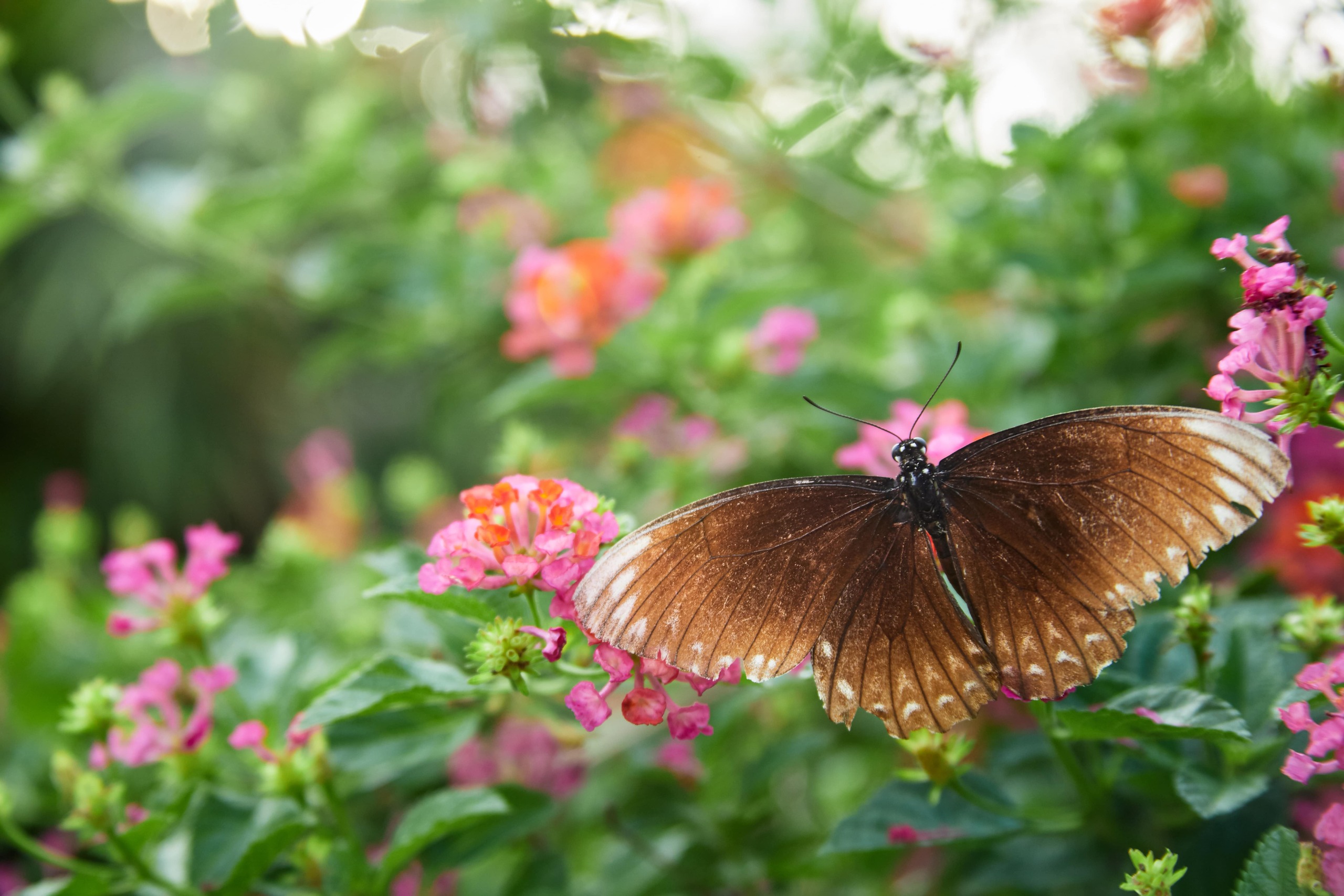Building a butterfly-friendly garden will improve the appeal of your outdoor area and help the surrounding ecosystems to stay intact. Apart from being beautiful organisms giving vivid colors and movement to gardens, butterflies are essential pollers allowing many plants to flourish. Gardeners may create welcoming havens for these magical insects by carefully choosing the proper combination of natural nectar and host plants. Including a range of plant species and using layering techniques in garden design not only gives butterflies necessary supplies but also increases visual appeal and biodiversity of the surroundings. You will see the delight and amazement of butterflies flitting among the flowers as you tend this rich environment, therefore producing a dynamic and harmonic area that benefits the gardener as much as nature. Use the chance to create a butterfly paradise and get knowledge about the close interaction between surroundings and gardening.
The Right Plants: Choosing Butterfly Favorites
Selecting appropriate plants for your butterfly garden is rather crucial as it directly affects their survival and comfort. Nectar-rich flowers draw butterflies because they supply the energy they need to fly about and enjoy life. Great choices are lavender, milkweed, and butterfly bush among flora. Milkweed is highly essential for monarch butterflies especially as it offers nectar and the perfect host plant for their larvae. Another much-loved scent is lavender, which is easy to maintain and attracts a variety of butterflies. Butterfly bush creates a dynamic atmosphere in your garden by drawing these brilliantly colorful insects as their name suggests.
Another crucial component is the importance of indigenous plants. The local soil and climate are perfect for these simpler-to-grow and care for plants. More importantly, native plants provide the specialized food and habitat local butterfly species depend on. By selecting a variety of native flowers that bloom at different times, one may provide a consistent food source for butterflies all through the growing season. This intentional choosing encourages butterflies as well as provides a suitable habitat. So get outside, select those beautiful blooms high in nectar, and create a butterfly-friendly paradise right in your yard.

Creating the Perfect Layout: Sunny and Sheltered Spots
In terms of butterfly gardening, the layout is pretty important to create a comfortable habitat for these beautiful creatures. A well-designed garden not only looks fantastic but also meets butterfly demands at several phases of life. Sort your plants in tiers: taller trees and big shrubs in the rear, medium-sized flowering shrubs in the middle, and shorter perennials and annuals at the front. This arrangement not only makes your garden more aesthetically pleasing but also guarantees that butterflies may readily negotiate it in order to reach nectar and host plants.
Incorporating lots of sunny areas and some cover from high winds is really vital to enable butterflies flourish. Aim for at least 70% of your garden to be in the sunshine as butterflies adore basking in the sun to warm themselves. But adding some windbreaks—such as little bushes or ornamental accents—can provide protection for butterflies, therefore providing a comfortable area for them to land free from concern about winds. Planting in drifts or clusters will also enable butterflies find their favorite nectar source more quickly. Not only does grouping similar flowers provide a strong visual impact, but it also draws butterflies to visit more regularly, therefore ensuring a bright and dynamic garden.
Water Sources: Providing a Butterfly Oasis
Including little birdbaths or small water ponds can help you attract butterflies in your yard very easily. Butterfly hydration depends on water, hence moist surroundings attract them. One activity they like is puddling—drinking from damp soil or shallow standing water. This not only quiesters their thirst but also supplies vital minerals and salts lacking from nectar by itself.
Think about adding a small dish full of water or a birdbath to make your garden even more welcoming; let stones or pebbles rest on as they sip. Little imagination can go a great distance. Spreading some moist soil in a small pan or dish can make a puddle; add some rocks and kitchen sponges to maintain moisture. These elements in sunny areas will make ideal drinking holes for butterflies to gather, therefore injecting life and movement into your garden. Watching these lovely animals soar about while they sip and enjoy your butterfly-friendly environment is also fun.
Creating Shelter: Butterfly Habitats for Rest and Protection
Building a butterfly garden requires more than simply choosing vibrant flowers; it also requires creating covered areas where these fragile species could hide from predators. Harsh weather and the vigilant gaze of birds and other creatures that could see them as a food call for protection against. Including tall grasses and bushes can help you create a safe refuge where butterflies may hide and feel secure. These natural barriers give butterflies somewhere to hide during the day or sleep at night, therefore avoiding any possible threat.
You might also wish to consider adding butterfly dwellings to your scene. These little, pleasing shelters not only make your surroundings appear better but also give butterflies somewhere to rest or pupate. Like people, butterflies respect a secure place to land especially when they are fragile. Creating covered areas not only encourages butterflies to call your garden their home sweet habitat but also helps them develop. Let us so be creative and make sure our butterfly friends have the necessary cover.

Conclusion
Creating a butterfly-friendly garden requires careful selection of plants, design, and maintenance to support other pollinators as well as butterflies. First choose a variety of nectar-producing and host plants; next, group or border them to increase butterfly access and visual attractiveness. Choose natural pest control techniques and avoid damaging chemicals to apply environmentally friendly gardening ideas. Knowing the requirements of every plant type will help you to guarantee appropriate watering by deep yet sparing approach. While keeping some plant material persisting through winter for habitat, provide protected locations with brush piles and insect motels for breeding pollinators. Following these main ideas will help gardeners create a vivid haven that not only draws butterflies but also enhances biodiversity, thereby providing a fulfilling experience as people see the beauty of these amazing species in their outdoor environments.

